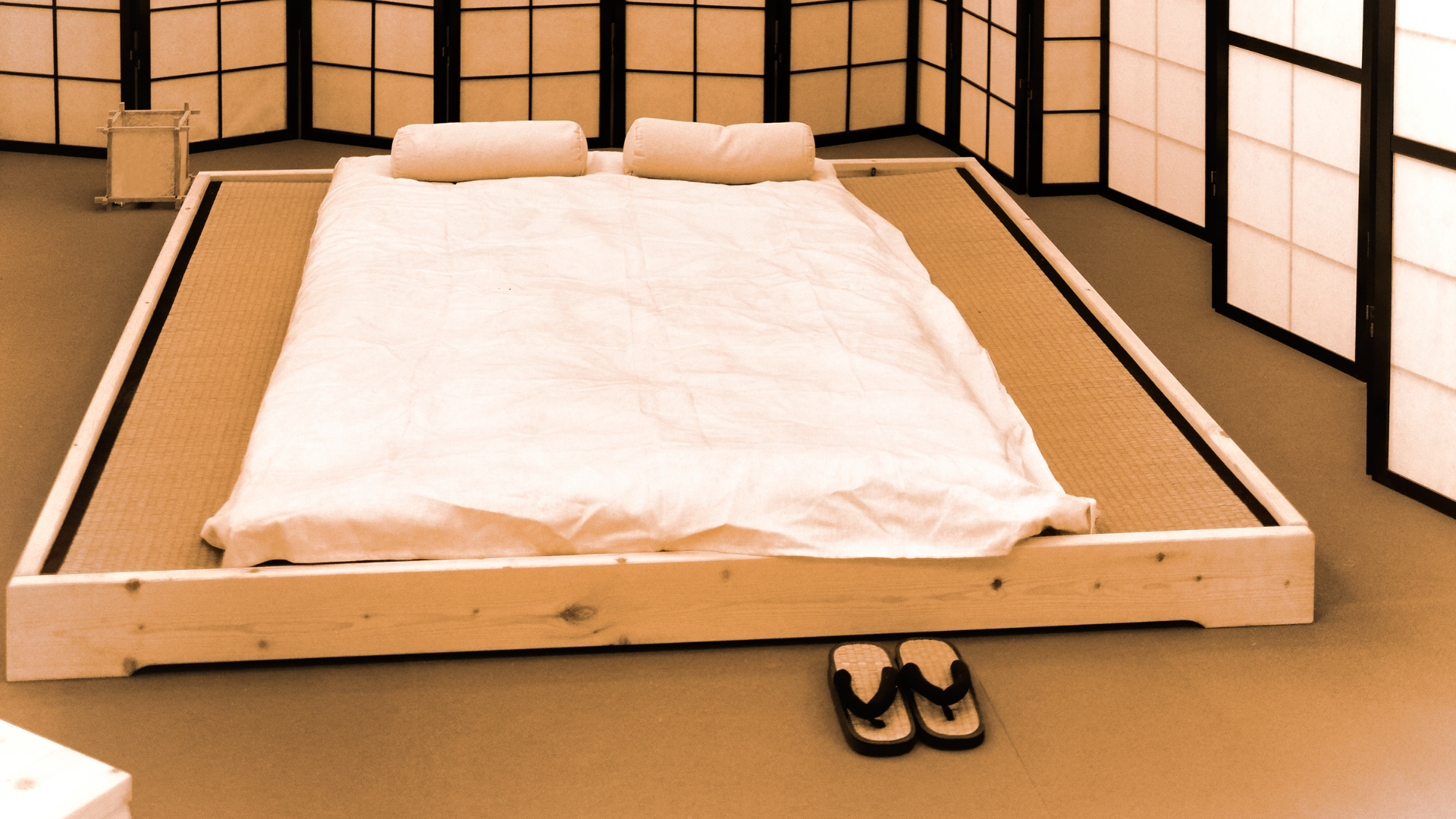
Nighttime habits around the world: who sleeps best? A journey through cultures and sleep traditions
Sleeping is a universal need, but the ways in which people sleep vary greatly from one continent to another. From the Spanish siesta to Japanese futons, Latin American hammocks to co‑sleeping in African tribes, every culture has developed its own unique nighttime rituals and habits. In this article, we’ll take a journey through the world’s beds, discovering how people around the globe approach rest—and what secrets we might borrow to improve our own sleep.
Spain and Latin American countries: the siesta culture
The siesta—the afternoon nap—is deeply rooted in Spain and many parts of Latin America. This 20–30 minute rest after lunch helps restore energy, especially in hot climates. Although it’s less common in big cities today due to work schedules, it remains a symbol of a balanced relationship between labor and rest.
Daytime sleeping can boost concentration and mood, but should be moderate: naps that are too long can interfere with nighttime sleep and cause headaches or mental grogginess.
Japan: futons, minimalism, and discipline
In Asia—particularly Japan—people traditionally sleep on futons, thin mattresses that are rolled up each morning. Sleeping close to the floor, often without a pillow or with only a small cervical support, reflects a choice for practicality and order. The futon also encourages better posture, often reducing back pain.
This habit aligns with Zen philosophy and a minimalist lifestyle. Although many Japanese now use modern beds, the futon remains a powerful and respected cultural symbol.
Netherlands: the domain of structured sleep
The Dutch are among the best sleepers in the world. According to several studies, people in the Netherlands sleep on average over 8 hours per night. Sleep culture is considered an integral part of daily well‑being, and homes are often designed to promote tranquility.
Many Dutch invest in quality mattresses—memory foam or pocket-sprung—and pay attention to every bedroom detail: soft lighting, ideal temperature, and natural materials. Sleeping well in the Netherlands is a priority, which may be why it ranks high in happiness indices.
Latin America: hammocks and suspended beds
In many parts of Latin America, especially Brazil and Central America, sleeping in a hammock or suspended bed is an ancient tradition and remains widespread. The hammock, breathable and airy, adapts well to hot climates and follows the body’s natural movements, promoting deep sleep.
Though not ideal for those with back issues, it can be very relaxing—especially during the hottest hours of the day.
Africa: co‑sleeping and communal rest
In African tribes, sleep is often tied to community. Co‑sleeping is the norm: children, parents, and other family members sleep together in one space. This builds a sense of belonging and security, though it may limit privacy and individual rest space.
Many sleep without pillows, directly on hard natural surfaces such as leaf mats or woven reed floors. It’s a simple approach—but often effective for posture.
Italy: tradition and innovation in sleep
In Italy, awareness about sleep is growing, leading people to seek the best mattress and the ideal cervical pillow. Individuals are looking for custom solutions: memory-foam or hybrid double beds, ergonomic systems, and breathable materials. The practice of "sleeping naked" to aid thermoregulation is also becoming popular, following global trends.
More and more Italians are choosing to invest in quality sleep as a foundation for a healthy lifestyle, recognizing its importance for health, mood, and overall well‑being.
Conclusion
Every culture has its own way of sleeping, and no one method is inherently superior. But we can learn from each: the Japanese futon’s practicality and order, the comfort of European mattresses, the freshness of Latin American hammocks, and the security of African co‑sleeping. Whatever inspires you, three simple tips can guide you: choose a quality mattress suited to your needs, create a restful sleep environment, and respect your body’s natural rhythms.
